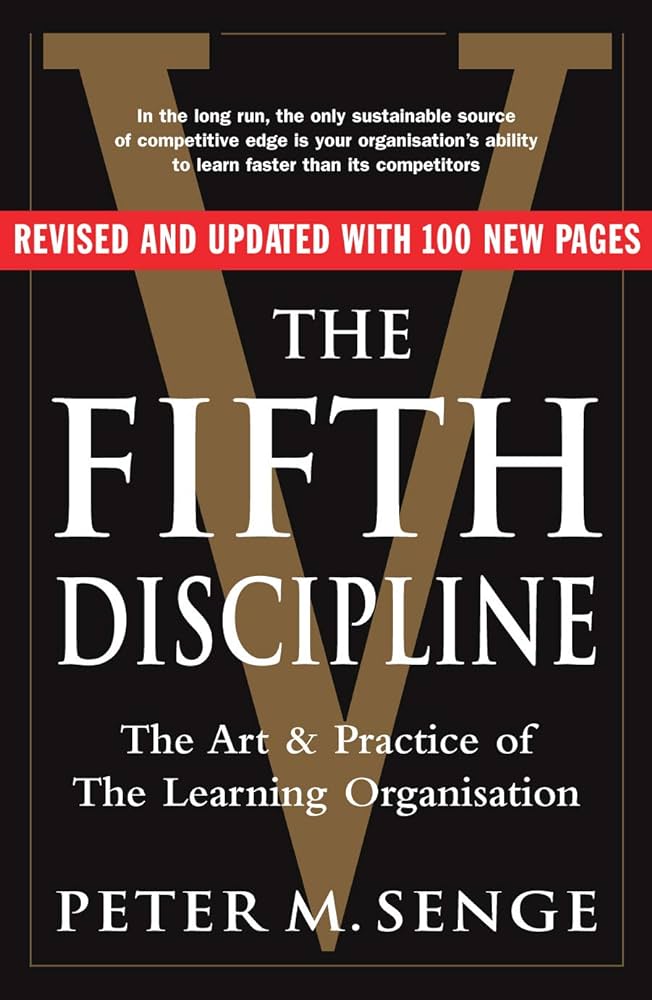The Long Tail: Why the Future of Business is Selling Less of More
RATING


This book argues traditional retail is governed by the 80/20 rule, with 20 percent of products accounting for 80 percent of the revenue. In the online world, the author argues that the “98 percent rule” applies, where 98 percent of all possible choices are chosen by someone, and where the 90% that is available only online accounts for half the revenue and two-thirds of the profits.
The author argues that mass culture is disappearing and will be replaced by a series of niches. There are 3 forces of the long tail: democratization of the tools of production; cutting the costs of and democratization of the tools of distribution; and connection of supply and demand, introducing consumers to these newly available goods and driving demand down the “tail.” Before the Internet, physical space constrained retailers to offering ony the most popular 20 percent of items because they represented 80 percent of the purchasing power. Examples such as Google, eBay, iTunes and Netflix underscore how such companies have used the Long Tail theory by having unlimited “shelf space,” able to provide many products and services through modern technology and low-cost distribution options. The author also gives 9 rules of success for Long Tail aggregators:
The Long Tail provides a visionary account of business and modern culture. Its analysis and lessons are instructive for anyone looking for an understanding of how to compete profitably as technology is transforming markets and businesses into niche providers. It provides good examples of companies which emerged according to this theory (consciously or unconsciously), validating the author’s paradigm. This is an essential work for anyone in E-business.
The author’s theory, while providing a sound analysis of the forces at play in the market, has its limitations. It is not clear how some more traditional types of business will follow this model, or whether the market will ever evolve to the 98 percent rule, even in the Internet-based trade. More likely, there will always be mass market segments along with this model. For more on this subject, see Mass Customization (Senteo review).
What happens when the bottlenecks that stand between supply and demand in our culture go away and everything becomes available to everyone?
“The Long Tail” is a powerful new force in our economy: the rise of the niche. As the cost of reaching consumers drops dramatically, our markets are shifting from a one-size-fits-all model of mass appeal to one of unlimited variety for unique tastes. From supermarket shelves to advertising agencies, the ability to offer vast choice is changing everything, and causing us to rethink where our markets lie and how to get to them. Unlimited selection is revealing truths about what consumers want and how they want to get it, from DVDs at Netflix to songs on iTunes to advertising on Google.
However, this is not just a virtue of online marketplaces; it is an example of an entirely new economic model for business, one that is just beginning to show its power. After a century of obsessing over the few products at the head of the demand curve, the new economics of distribution allow us to turn our focus to the many more products in the tail, which collectively can create a new market as big as the one we already know.
The Long Tail is really about the economics of abundance. New efficiencies in distribution, manufacturing, and marketing are essentially resetting the definition of what’s commercially viable across the board. If the 20th century was about hits, the 21st will be equally about niches.
This is essential reading for anyone involved in E-business. The author’s analysis provides thought-provoking material for designing a modern business model or distribution.

This book provides a theoretical and strategic understanding of the Long Tail model, along with some examples and frameworks (“9 rules”) for design and implementation of this model.
See content on this topic

Sales training for front line along with basic development and coaching principles for line management.
Understanding branding and communications from the standpoint of emotional engagement and building relevant and meaningful dialogue with customers.
This course covers a complete view of customer touch points (both physical and virtual) and a unique model for standardizing and managing customer contact models across channels including approaches for customer feedback, quality management, and migration.
Understand how the innovation process changes moving from functionality and channel design to a process focused on creating value for customers.
Experiential Branding & Communications – Improving Brand Integration Through Emotional Engagement.
This course covers a complete view of customer touch points (both physical and virtual) and a unique model for standardizing and managing customer contact models across channels.
Understanding how leaders must evolve with relation to the evolution of business models, new management models, and the significant changes to the workforce with Digital Natives now making up more than 50% of the workforce globally.
Understand how to manage both internal and external digital transformation while considering the landscape for digital business models and the effect on traditional business models. Understanding organizational readiness for transformation and the role of corporate culture in managing transformations.
The changes in consumer behavior, employee behavior, and the evolution of business models in the digital age cause significant difficulties and imperatives for leaders who must develop new skills and evolve their leadership styles to be effective in this fast changing, challenging, and competitive environment.
Understanding how to design & manage change/transformation programs in organizations of different sizes. This course will help any size team or organization to better deal with change & transformation on any scale.




 Copy Link
Copy Link
 E-mail
E-mail
 LinkedIn
LinkedIn
 Facebook
Facebook
 Telegram
Telegram
 WhatsApp
WhatsApp

















 Go Back
Go Back
Leave a Reply
You must be logged in to post a comment.